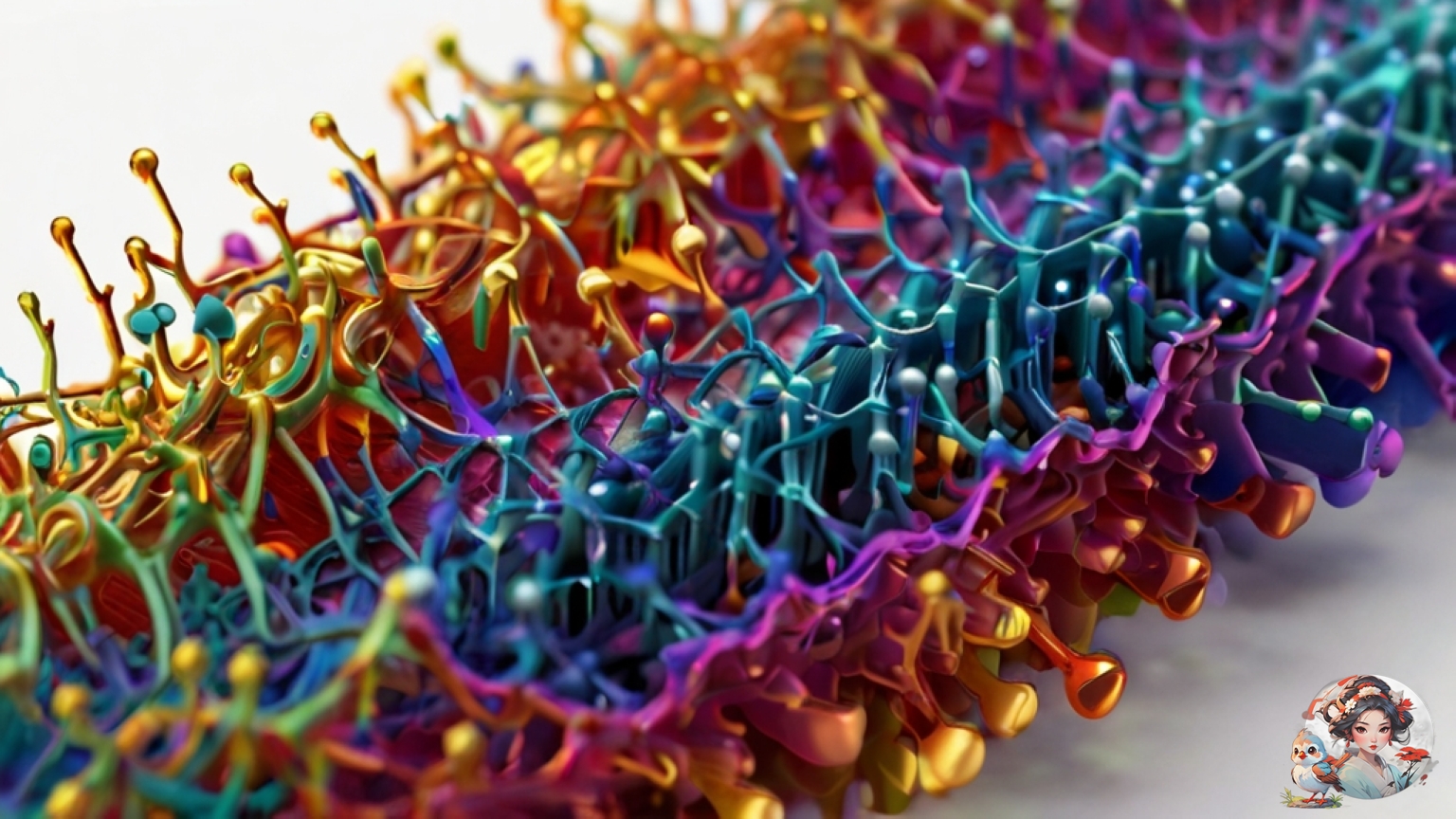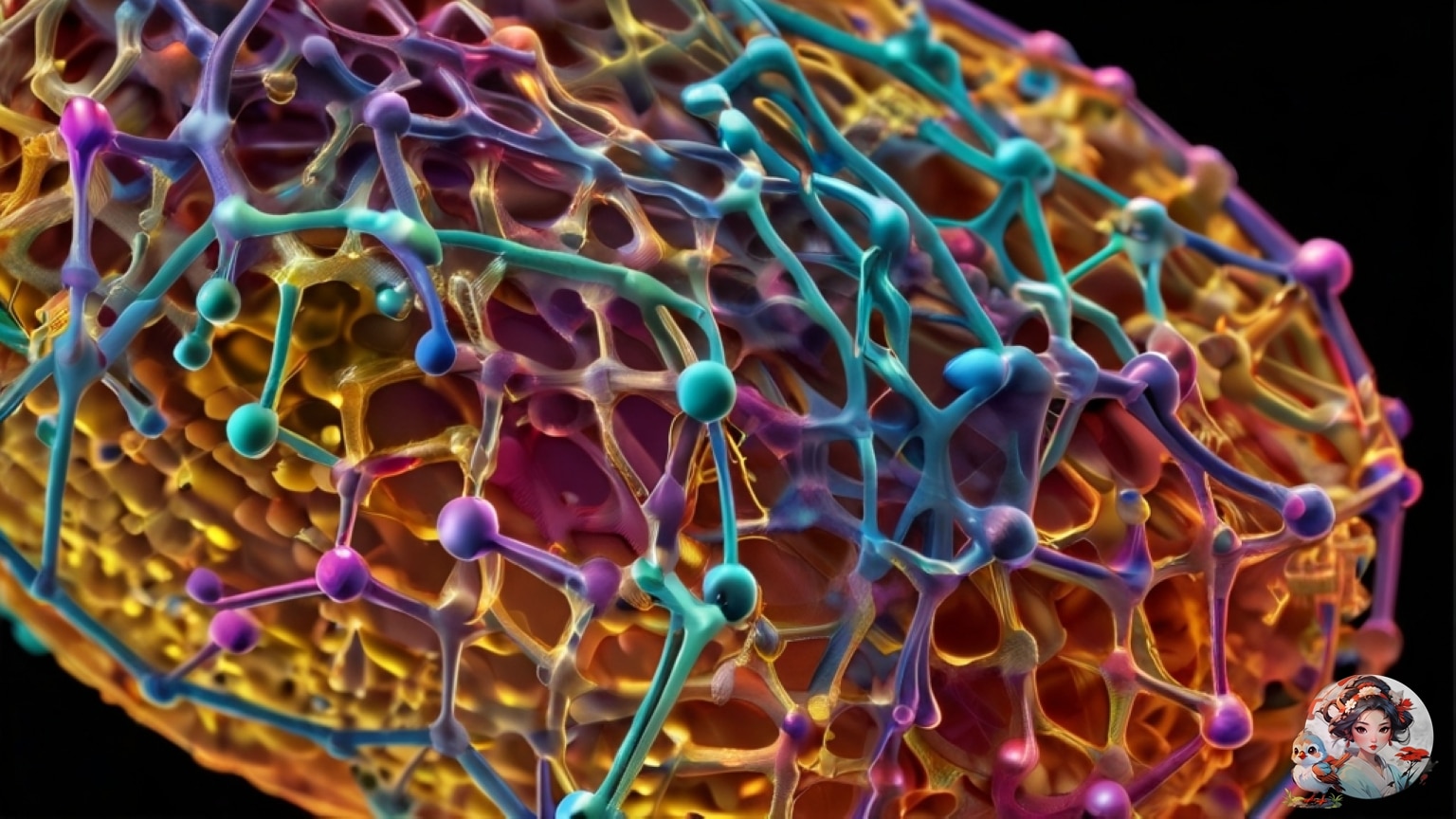Proteases are complex enzymes with wide-ranging implications, from basic biological processes to industrial and medical applications. Understanding their classification, functions, and roles in microorganisms is crucial as we explore their potential in various industries.
As we uncover the intricate mechanisms and evolutionary origins of these enzymes, it becomes clear that unlocking the power of proteases has the potential to transform fields such as medicine, biotechnology, and biochemistry.
Table of Contents
ToggleProteases are categorized based on the specific catalytic residues they use and the structural features of the protease. This helps us understand their diverse enzymatic functions and mechanisms. Proteases are grouped into families based on sequence similarity and evolutionary origins. There are more than 50 clans, indicating independent evolutionary origins of proteolysis.

Each family may contain hundreds of related proteases. For example, the S1 and C3 families are part of the PA clan. This systematic classification helps us better understand the wide array of protease functions and their evolutionary relationships.
Understanding proteases requires a grasp of their enzymatic function and mechanism, which are crucial for their role in biological processes.
Proteases play a crucial role in microorganisms, impacting various biological processes and the environment. Bacteria and archaea rely on protease regulation to maintain cell functions such as cell signaling, metabolism, and protein quality control. These microorganisms secrete proteases to break down proteins into amino acids, which contributes to the global carbon and nitrogen cycles. Protease activity in bacteria is regulated by nutritional signals, ensuring efficient nutrient utilization. In viruses, proteases are essential for immune evasion by cleaving polyproteins into functional units.
It’s worth noting that proteases in viruses have high specificity and are targeted by protease inhibitors, underscoring their significance in viral replication and pathogenesis. Overall, proteases in microorganisms have diverse and essential roles in cellular processes, environmental dynamics, and immune evasion mechanisms.
Proteases have a wide range of applications in industries and medical fields due to their diverse enzymatic functions and regulatory roles. In the food industry, proteases are used for purposes such as cheese production, meat tenderization, and brewing, where they help in protein degradation, flavor enhancement, and food texture modification, thereby improving food quality and production efficiency.

Additionally, proteases have been employed in medical therapies for conditions like cancer, inflammation, and cardiovascular diseases, playing a role in targeted drug delivery systems, wound healing, and the development of diagnostic tools, thus showcasing their potential in advancing medical treatments and interventions. Moreover, proteases are integral components of industrial enzyme formulations, contributing to the efficient breakdown of organic matter in waste treatment, biofuel production, and bioremediation processes.
These applications highlight the versatility and significance of proteases in driving advancements across diverse industrial and medical domains.
Protease inhibitors are crucial for regulating protease activity in biological processes and have significant implications for medical interventions. They are used in drug development to target specific proteases involved in disease pathways by binding to the protease’s active site, which prevents substrate binding and catalysis. Understanding the structural and functional aspects of protease-inhibitor interactions is essential for designing effective therapeutic agents.
Protease inhibitors have been studied for their potential in treating conditions such as HIV/AIDS, cancer, and inflammatory diseases. By precisely modulating protease activity, inhibitors offer a promising avenue for developing targeted and potent treatments for various medical conditions.
Proteases have evolved over time to adapt to various biological systems, allowing them to perform diverse functions. Their structures have developed to accommodate a wide range of substrates and catalytic activities, making them highly versatile. The evolutionary history of proteases has resulted in the emergence of distinct protease families, each with unique substrate preferences and regulatory mechanisms.
Studying the evolutionary relationships among these families provides valuable insights into the specific catalytic mechanisms and the evolutionary pressures that have shaped protease diversity. This understanding is crucial for grasping the catalytic mechanisms and substrate specificity of proteases.
The optimal pH level has a big impact on how specific proteases are in doing their job. Proteases have different levels of specificity depending on the pH, affecting how well they work. For example, acid proteases work best in low pH, while alkaline proteases work best in high pH. This pH-dependent specificity is because of how the amino acids in the protease’s active site react to the pH.

So, the best pH for protease activity directly affects how well they can recognize and bind to specific substances, which then affects how well they can break them down. Knowing how pH and specificity work together is really important for controlling protease activity in industries, medicine, and biology.
Proteases are incredibly important in a wide range of biological processes, from regulating cells to practical uses in various industries. Their significance is evident in several areas: